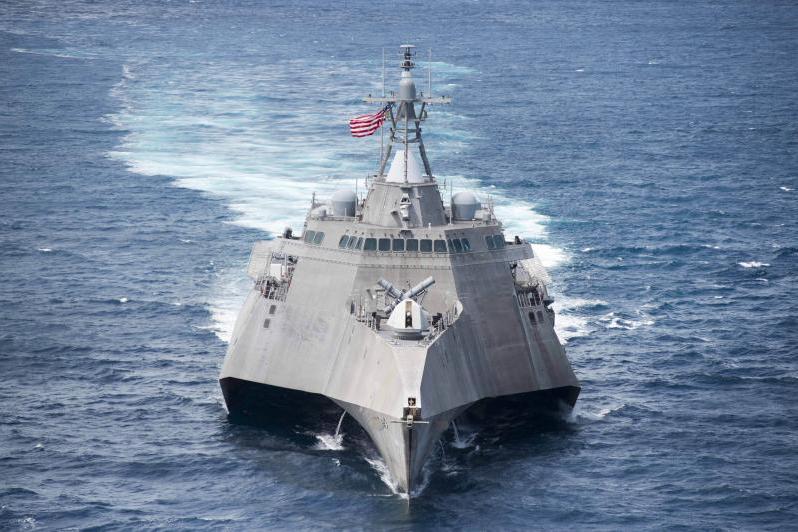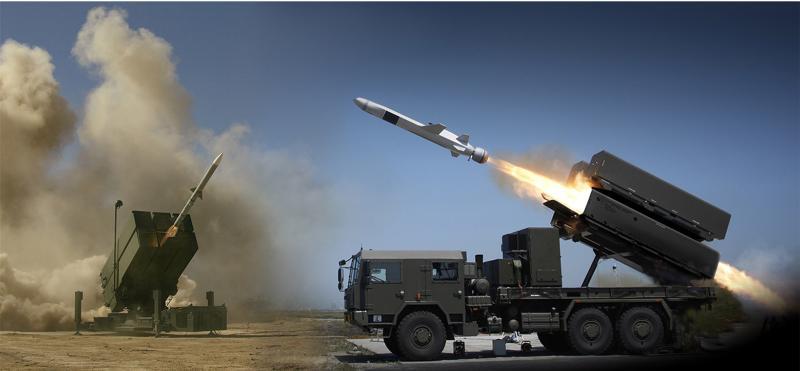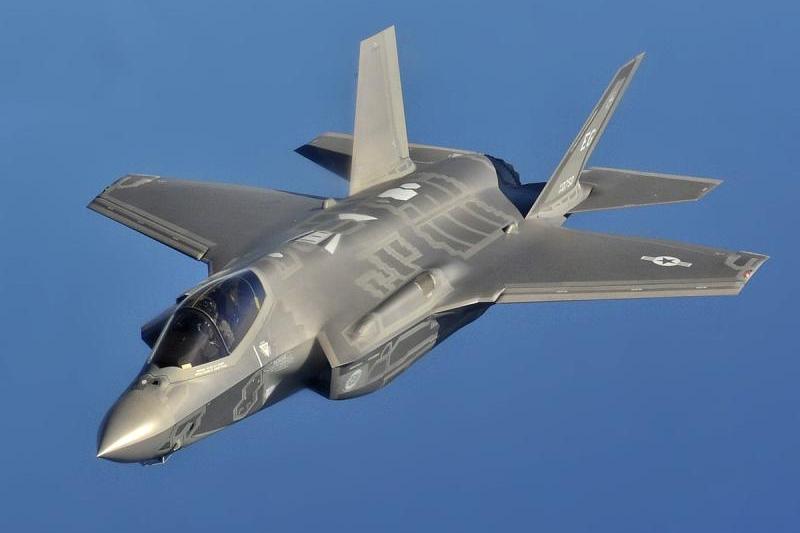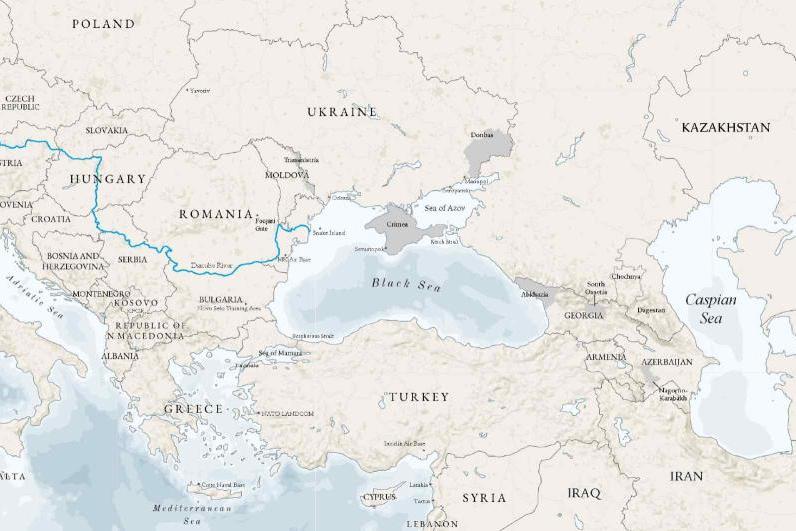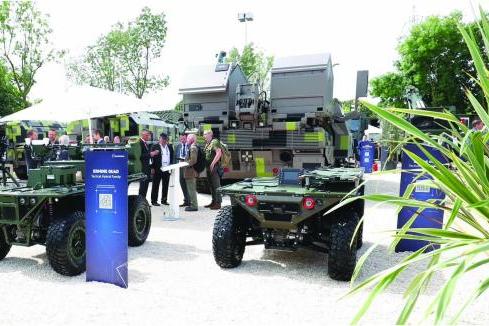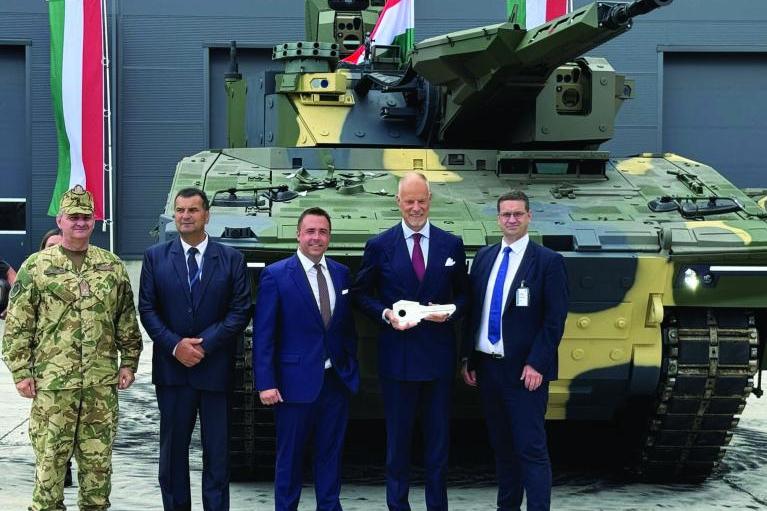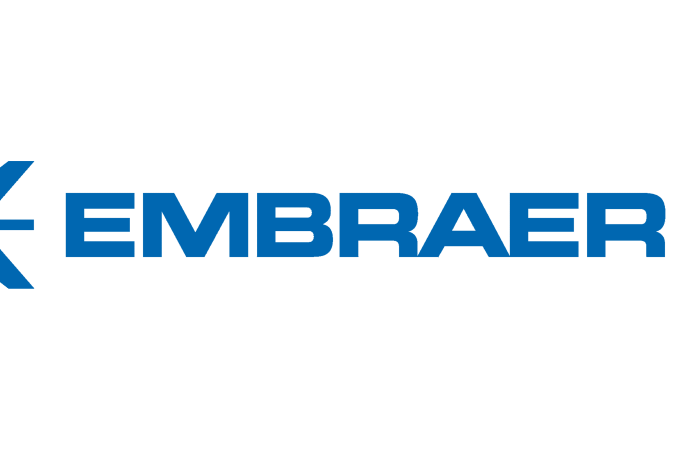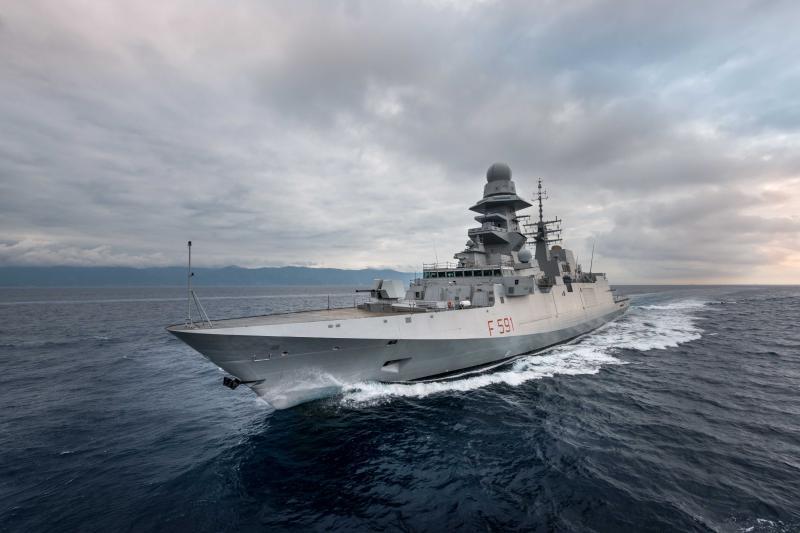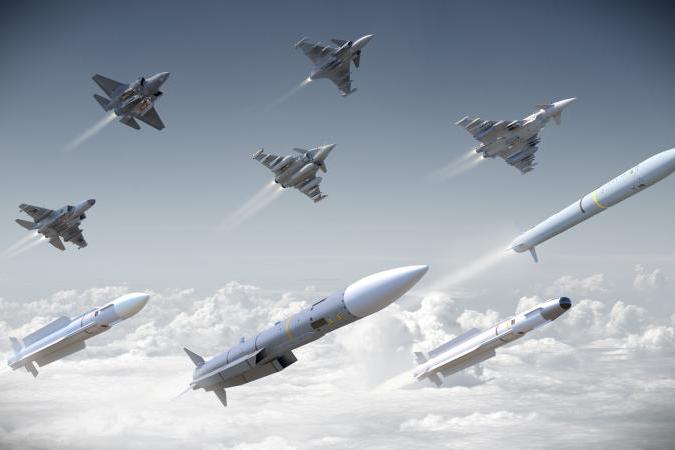The most advanced technologies in the maritime domain by Leonardo at Navy League’s SeaAirSpace Exposition 2022
Centered around Leonardo DRS and beyond, Leonardo presence at SeaAirSpace 2022 showcases high technologies responding to a wide range of operational needs in the maritime domain and reaffirms its key core competences and its competitive positioning toward US Defence requirements.
Founded in 1965, the Navy League’s SeaAirSpace Exposition, held from 4th to 6th April along the Potomac River just 20 minutes from Washington, D.C., is today the largest maritime exposition in the U.S. and continues as an invaluable extension of the Navy League’s mission of maritime policy education and sea service support.
Among the top players in the world in Aerospace, Defence and Security, Leonardo showcases here its industrial capabilities, longstanding expertise and strong commitment to innovation and customers.
Through a remarkable presence centered around its US company Leonardo DRS, leading provider of defense technologies across three segments in every military domain, Leonardo presents products and integrated solutions based on cutting-edge technologies.
In full coherence with Leonardo values then, Leonardo DRS underlines its commitment to the US customers not only in terms of responses to requirements and operational excellence, but as strong and positive contributor to the communities where they do business: Leonardo DRS is partnering in fact with the Navy-Marine Corps Relief Society at Sea Air Space to raise awareness about their mission, programs, and services. Highlighting a program that provides disaster relief assistance to Navy and Marine Corp families, Leonardo DRS will support a fundraising initiative encouraging visitors to help during the show through its “The Relief is Real” wall.
Leonardo DRS is the world’s foremost provider of naval propulsion and electrical power conversion technology onboard U.S. Navy vessels: it designs and builds innovative and industry-leading naval power and propulsion systems, essential ship-based electronic systems and advanced sensors for surface and subsurface platforms across the Navy.
Leonardo DRS motor and drive systems provide advantages in flexibility, modularity and commonality; supporting requirements for growing power efficiency demands and lower emissions on future ships. Leading naval computing integrator for infrastructure, network and data distribution, radar and control systems Leonardo DRS brings effectiveness on all U.S. Navy surface combatants and submarines trusted and resilient communications and computational resources, allowing them to more rapidly share data and improve situational understanding. The Leonardo DRS range of Electronic Warfare systems help our warfighters rapidly detect, locate, monitor, and provide real-time analysis of the signal environment for improved situational awareness. These advanced, small-profile sensors are powerful, and packed with enhanced performance features for rapidly detecting, locating, monitoring, and analyzing signals of interest. Warfighters can be confident that the right information will flow to the commanders who need it, when they need it.

In the rotary-wing domain, Leonardo, through AgustaWestland Philadelphia Corp., will supply to the U.S. DoD the new TH-73A helicopters, along with spares, support, dedicated equipment, and specific pilot and maintenance training services. The total requirement is for 130 aircraft. The TH-73A will be used to train the next generation of student aviators from the U.S. Navy, Marine Corps and Coast Guard and is only made at Leonardo’s FAA-certified Part 21 Production Line in Philadelphia, PA.
With over 1,000 ships equipped with its systems and sensors, Leonardo has been the reference partner for many naval forces around the world for over 60 years. The technologies offered range from radars, to various sensors, to communications up to weapon systems. Also systems for maritime traffic control, monitoring of the marine environment and support for rescue operations at sea, as well as integrated solutions for efficient and safe management of ports as well as aircraft platforms and drones for naval use.
At the exposition, Leonardo will be highlighting a range of advanced electronics products including its fully digitized Kronos Power Shield long-range radar. Equipped with the company’s advanced AESA (Active Electronically Scanned Array) technology, the Kronos Power Shield is capable of the surveillance, detection and tracking of ballistic missiles and conventional threats.
Leonardo will also be presenting its world-first BriteCloud countermeasure, a sophisticated electronic device that provides latest-generation protection from radar-guided surface-to-air and air-to-air missiles. Fired like a flare, it contains a powerful miniature jammer that sends out a convincing ‘electronic ghost’ signal which seduces incoming missiles towards BriteCloud as it falls away from the aircraft, ensuring that the missile detonates far away from its intended target. On show will be the BriteCloud 55 variant, suitable for 55mm standard countermeasure dispensers, and the BriteCloud 218 variant, designed for 2x1x8 inch countermeasure dispensers. BriteCloud 218 is making rapid progress towards the final stages of the U.S. Department of Defense’s Foreign Comparative Testing (FCT) programme for the product, which will open the door to U.S. procurement.
Other advanced electronics systems on show at Sea-Air-Space include the electronic surveillance measure SAGE, the multi-domain Osprey 30 AESA radar, used by international operators for a range of missions from defence, security and civil protection to environmental monitoring and search and rescue, and the Seaspray 7500E AESA radar, ideal for maritime missions.
In the fixed wing domain, last but not least, the M-346 a jet aircraft optimized for advanced military pilot training, offering a broad range of training capabilities combined with long-term reliability. At the heart of a complex and integrated training system, the M-346 is already in service with the air forces of Italy, Singapore, Israel, Poland and Qatar and is the backbone of the International Flight Training School. The M-346 – a twin-engine, tandem-seat aircraft with fully digital flight controls and avionics - is also enables pilots to interact in real-time, through Live, Virtual and Constructive (LVC) training that features aircraft in flight (Live), simulators (Virtual) and computer-generated force/threat generated environments (Constructive).
In exercises, the M-346 can effectively fulfil the Aggressor and Companion Trainer / Tactical Surrogate roles to keep combat pilots at the required level of operational readiness, providing air forces with the highest levels of efficiency, effectiveness, commonality, operational flexibility, and combat training capability.

